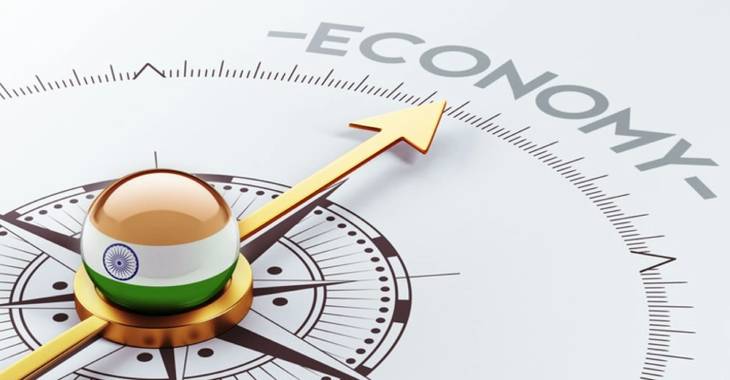RBI Deputy Governor Michael Debabrata Patra stated that considering India’s natural advantages, it is feasible to see the nation emerging into the following ten years as the world’s second-biggest economy-not by 2048, but by 2031, and the largest by 2060.
During a speech this week at the Lal Bahadur Shastri National Academy of Administration in Mussoorie, Patra stated that India’s growth prospects are likely to continue to benefit from a traditional advantage. Since capital accumulation has fueled development most of the time, investment serves as the primary growth lever. It has stabilised at 31.2% over the course of 2022-2023 and is beginning to accelerate.
“Historically, India’s investment has been financed by domestic savings, with households being the primary provider of resources to the rest of the economy,” stated Patra in a speech that is now available on the RBI website. The average gross domestic saving rate during the 2022-2023 period was 30.7% of gross national disposable income. India, in contrast to many other nations, is not dependent on foreign resources, which are only marginally and supplementary to the country’s economic process.
In the balance of payments, the current account deficit has stayed relatively small, hovering around 1% of GDP in 2023-2024. This gives the foreign sector strength and viability while shielding the Indian economy from outside shocks. As an example, Patra said that India’s gross external debt, which is essentially the result of the country’s cumulative current account deficits, is less than 20% of GDP and is virtually entirely financed by its foreign exchange reserves.
Second, with inflation having returned to the tolerance range around the objective of 4%, macroeconomic and financial stability underpin India’s rising GDP trajectory. This illustrates the combined effects of supply management and resolute monetary policy operations. In actuality, core inflation, which is most responsive to monetary policy and does not include food and fuel, has reached an all-time low.
Financial stability is being strengthened in addition to macroeconomic stability by prudent financial regulations, active on-site supervision, and off-site surveillance that makes use of big data analytics, SupTech, and cyber security exercises. The majority of the financial sector in India is bank-based. According to him, the banking system’s gross non-performing assets (GNPAs) decreased gradually from their high in March 2018 to 2.8% of all assets by March 2024.
The continuous fiscal consolidation is another facet of macroeconomic stability. As a result, the IMF projects that by the end of this decade, the general government debt, which is projected to be 81.6 percent of GDP by the end of March 2024, will have decreased to 78.2 percent. According to our forecasts, the general government debt will decrease even more to 73.4% of GDP by 2030-313 if more money is spent on digitalization, energy efficiency promotion, and reskilling/upskilling the work force in the most productive areas of manufacturing. According to Patra, this is noteworthy in light of IMF estimates that indicate the debt ratio will increase to 116.3 percent for advanced economies and 78.1 percent for emerging and middle-income nations by 2028.
He also clarified how India’s advantageous demographic trends act as a powerful growth driver. From an intertemporal viewpoint, India’s population is today considered its greatest advantage, particularly in light of the globe’s population decline and rapid ageing of the rest of the world. Currently, one in six individuals worldwide who are of working age is Indian. Over three decades are predicted to pass before India’s demographic dividend ends. He said that we had to work hard to take advantage of this chance.
Patra noted that the digital revolution in India is another economic multiplier. When it comes to using digital technologies for revolutionary change, India is starting to emerge as a global leader. The three components of JAM-mobile phone connections, Aadhaar, or universal unique identification-as well as Jan Dhan, or simple, no-frills accounts, are helping to target direct benefit payments, grow digital start-ups, and broaden the scope of formal finance. Peer-to-peer and person-to-merchant transactions between banks are being facilitated via India’s Unified Payment Interface (UPI), an open-ended system that unifies several bank accounts into a single mobile application. In India, payment systems run around the clock, every day of the year. The deputy governor of the RBI continued, “The internationalisation of the UPI is progressing rapidly.”
Read More
Through new fund offerings, mutual funds raised Rs 14,370 crore in June
“The FPI community will be crucial in elevating India’s economy to the third rank”


